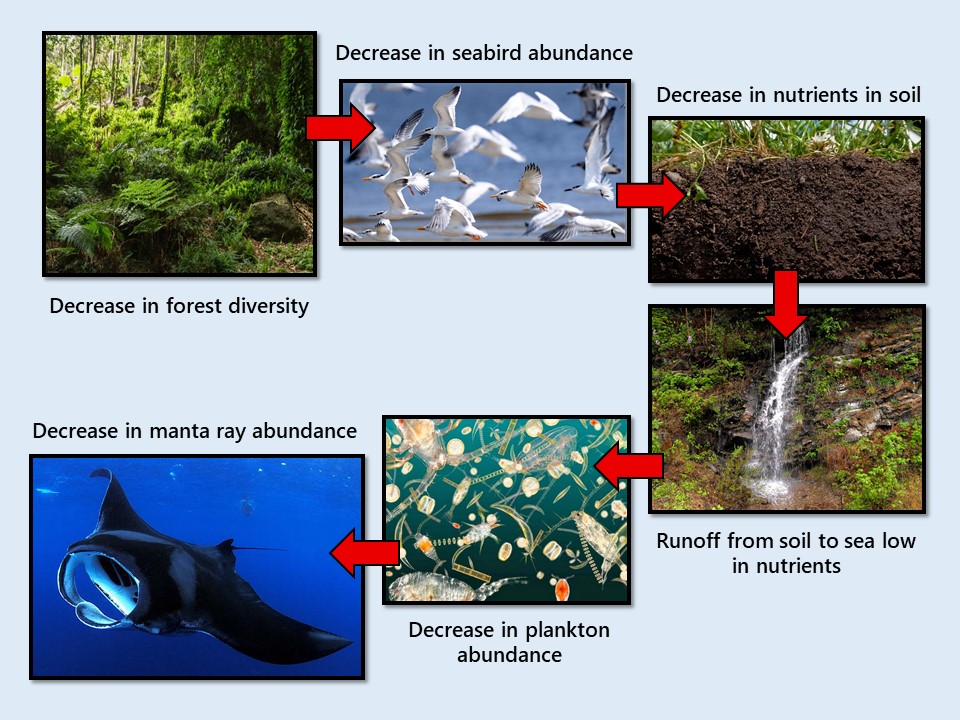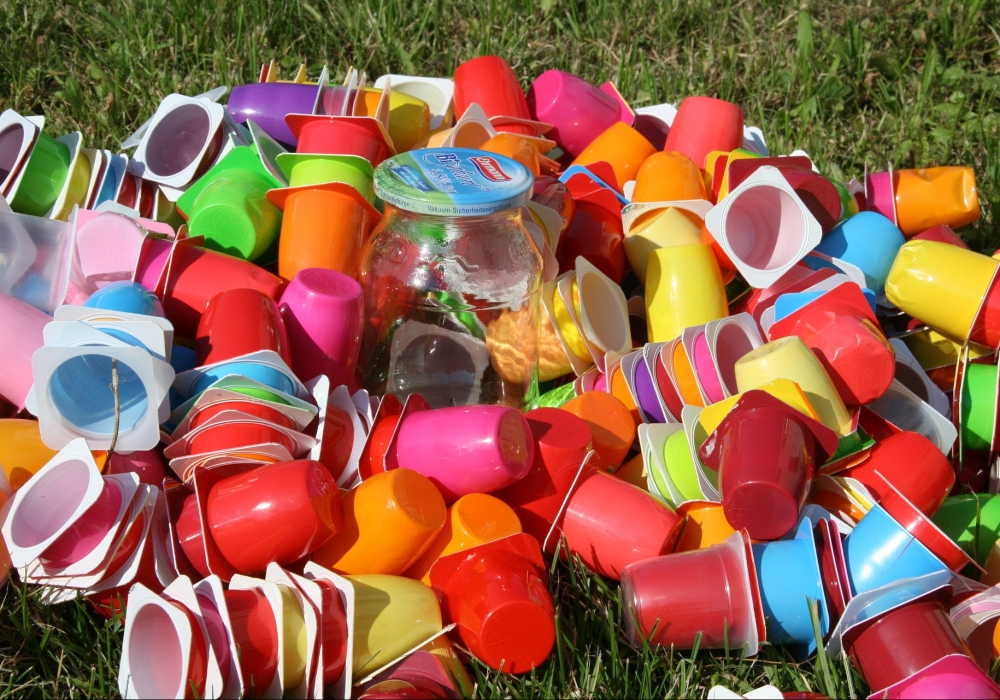
Cascade Effects: Everything Is Connected
You may have heard of “The Butterfly Effect”, where the flutter of a single butterfly’s wings can cause a tornado somewhere in the world. The theory suggests that a single occurrence, no matter how small can cause a massive change in the universe. Cascade effects follow a similar concept, where a change at point A, can cause a domino effect, changing everything else around it, sometimes having bigger consequences than you can imagine.
Understanding The Concept
Newton told us that every action has an equal and opposite reaction. Especially in nature, every action has a consequence that carries forward to form a chain reaction. These consequential effects are what we term a ‘cascade’, as the action ripples to affect, positively or negatively, all else around it.
Cascade effects can occur directly, between two interacting trophic levels¹, or indirectly, through longer chain effects. Take for example a piece of plastic bag littered out of a moving car. The direct effect of that would be a form of plastic pollution, littering or just an unsightly piece of plastic trash by the road. Looking at it in a larger scale, that same piece of plastic could get washed down the road when it rains, into a drain. The drain leads the plastic bag further into the sewage and later into a river. The ducks or fish swimming in the river could possibly get caught in that plastic bag, get strangled or suffocate. This would be an indirect cascade effect.
It might seem a little far-fetched, but you’d be surprised how complex and interlinked the natural system actually is. Let’s explore some real live examples of cascade effects in the environment.
Plastics In The Garden
Microplastics are very small plastic particles. They are defined as plastic particles smaller than 5mm. A recent study in Mexico by Lwanga et al (2017), found microplastics in the soil of home gardens. Tiny plastics that are barely visible in the garden, what damage can it really do?
Well, the paper found evidence of the microplastics being consumed by earthworms in the garden. Earthworms consume the soil and so accidentally consume microplastics too. We don’t know what eating plastics does to earthworms, but I can’t imagine it would be anything good. It doesn’t stop there! The earthworms (and some soil) get eaten by home-grown chickens. The study showed that microplastics were found to accumulate in the gizzard² of the chickens. Plastics were also found in chicken poop, which means some plastics remain in the chicken, while others pass through. Fun fact: Humans eat chicken gizzard. So wouldn’t it be very possible that these microplastics could well be in our bodies too?
Microplastics come off of clothes, cosmetic products and industrial processes. Watch the video below to learn more about plastics and microplastics found in the sea.
Manta Rays Need Diverse Forests
Why would manta rays care about forest diversity? Well, this trophic cascade doesn’t just travel down the food chain but involves an entire ecosystem, maybe even two! The study by McCauley et al (2012) took place at Palmyra Atoll, an island off of Hawaii, where the native forest was being replaced with coconut palms for oil production.
Turns out the decrease in forest diversity from multiple tree species into a single-species tree plantation, didn’t bode well with the seabirds³. The seabirds preferred nesting in more diverse forest canopies. So this resulted in fewer seabirds nesting in the forest. This also means less seabird poo in the forest. FYI, bird poo is very rich in nutrients like nitrogen and phosphorus, which are very important fertilizers.
So there were fewer birds and so less bird poo on the island soil. This wasn’t an issue on the island itself but it was an issue for the plankton (which are microscopic floating plants and animals) that lived in the sea. The bird poo rich soil from the island would get washed down into the ocean with rain. This excess flowing water is termed ‘runoff’. Less nutrient in the soil runoff meant the plankton were not receiving enough fertilizer to grow in abundance. Manta rays feed on plankton. So lower plankton abundance resulted in the decrease of manta rays.
Crazy how planting coconut trees can reduce manta ray populations, right? The poster below simplifies this complex trophic cascade.

Again, we see how human interference with the natural ecosystem (i.e.. plastic pollution and coconut palm plantations) can set off a chain reaction that, unsurprisingly, does more damage than it does good. So bear in mind that our ecosystem is a lot more complex and interconnected that it appears. Human activities, especially, have a knack for setting off massive chain reactions that could possibly alter the world as we know it.
So the next time you think that your action won’t affect the environment, think again.
Cover image from Pixabay.
¹ A trophic level refers to the level or position in a food chain or trophic pyramid, where the organisms on the same level have a similar feeding mode. The base of the trophic pyramid (trophic level 1) is comprised of plants, followed by herbivores in trophic level 2, predators (those that feed on herbivores) in trophic level 3 with carnivores and apex predators occupying trophic levels 4 and 5. The final trophic level is occupied by decomposers (i.e.. detritivores).
² The gizzard is a strong, muscular stomach present in birds that grinds food.
³ Seabirds are birds that are adapted to live within the marine environment. They often rely on the sea for food and spend most of their lives near or at sea. Examples of seabirds include penguins, puffins, seagulls, pelicans and albatrosses.

